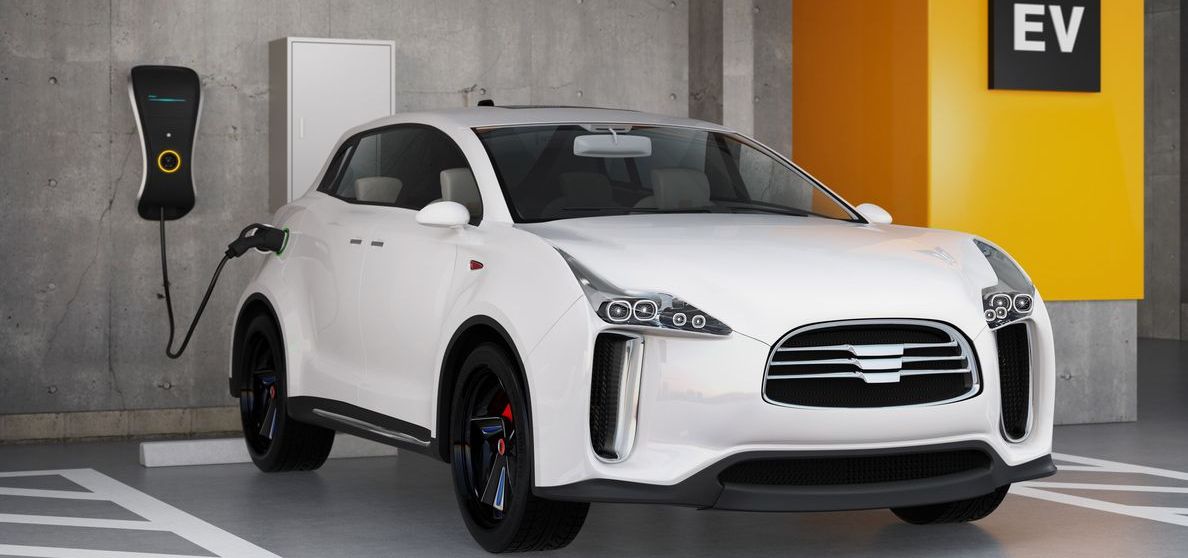2025/07/17
May Japanese EVs Retain Their Shine in Indonesia—The Heartland of Asia's EV Market

On June 29, Indonesian Minister of Energy and Mineral Resources attended a groundbreaking ceremony for a lithium-ion battery plant jointly developed by Chinese automotive battery manufacturer, Contemporary Amperex Technology Co. Limited (CATL) and a local company. During the ceremony, he announced that the plant is expected to begin operation by the end of 2026 with an initial annual production capacity of 6.9 gigawatt hours (GWh), which will later be expanded to 15 GWh. Indonesia, featuring one of the world's largest nickel reserves, banned the export of nickel ore in 2020 and has since been promoting the localization of the entire EV supply chain, including the domestic production of automotive batteries. Attracting foreign investment is part of this localization policy.
Currently, the Indonesian automotive market is far from strong. In 2024, new vehicle sales (on a wholesale basis) fell to 860,000 units, down 13.9% from 1 million the previous year. In particular, gasoline vehicle sales dropped significantly, falling by 20% year-on-year, while diesel vehicle sales also declined by 10% (based on the data from the Association of Indonesian Automotive Industries, GAIKINDO). These sluggish sales are attributable to high interest rates and stagnant consumption growth. According to the Institute for Economic and Social Research (LPEM), University of Indonesia, more than 8.5 million middle-class individuals fell into the lower-income segment between 2018 and 2023. As a result, it is reported that the middle class’s share of total consumption decreased by nearly 40%.
Nevertheless, hybrid electric vehicles (HEVs) and battery electric vehicles (BEVs) continued to grow strongly in Indonesia, with sales up 8% and 122% year-on-year, respectively. Although their combined market share was limited to 11.7%, the surge is remarkable compared to just 0.36% in 2021, clearly demonstrating how rapidly the segment has grown. When I visited Indonesia last week, it was impressive to see that in the city of Bogor, West Java, about 60 kilometers south of Jakarta, the cars weaving their way through crowds of older motorcycles were mostly Japanese vehicles. A similar trend was observed in Jakarta. Notably, however, in the center of Jakarta, near the entrance to Grand Indonesia, an expansive shopping complex with a concentration of global brand stores, the latest models of the Hyundai “IONIQ5” and BYD SUVs stood out conspicuously.
Japanese cars continue to dominate the upper rankings in new car sales, holding an 88% share in 2024. However, this share has been on a gradual decline—94% in 2021, 92% in 2022, and 91% in 2023. Generally, electric vehicles are not always easy to purchase for many consumers, and EV’s charging infrastructure is still inadequate outside urban areas. Under such conditions, those who opt for EVs tend to be environmentally conscious and proactive individuals from the urban middle and upper classes.
In the late 1990s, it was wealthy young elites on the U.S. West Coast who were the earliest adopters of the world’s first mass-produced hybrid electric vehicle—the original Prius. Today, the question is: Are Japanese cars still seen as "cool" by wealthy young adults in Indonesia? Now is the time to take the initiative in both product and brand strategies with clear eyes on the future.
Takashi Mizukoshi, the President
This Week’s Focus, 6.22 – 7.3